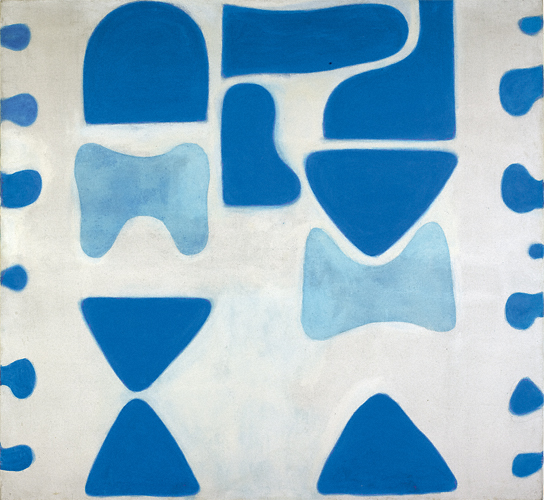
4 June 2007
William Scott by Norbert Lynton
Norbert Lynton’s detailed and beautifully illustrated monograph on Scott was first published in 2004.
The success of the first edition lead to a revised edition being published in 2007.
Synopsis
Born in Scotland in 1913, William Scott was raised in Northern Ireland, the oldest boy in a family of eleven children. He trained at the Belfast College of Art and the Royal Academy Schools in London, and first came to the public’s attention when he participated in the Arts Council’s exhibition at the 1951 Festival of Britain. In 1953 he visited Rothko, Pollock, de Kooning and others in New York, and began to exhibit there regularly.
His work ranges from abstract paintings to ever-richer still lifes with multiple levels of meaning. This lavish volume includes work from all periods – most reproduced in full colour – introduced and assessed by the art historian Norbert Lynton, who has been given completely free access to Scott’s private archive by the William Scott Estate. His account of William Scott and Scott’s art is rooted in personal knowledge of the artist and the art world he inhabited, and has involved first-hand contact with his work around the world and research in the Scott Archives, as well as consideration of the artistic currents operating in western art during his time.
“A well-written and sumptuously illustrated account of one of the best 20th-century British artists … produced to the highest standards and the reproductions are glorious.”
Andrew Lambirth, The Spectator
“At least there’s no doubt about the heaviest monograph now available. William Scott is 500 pages long, some 2ins thick, and has 400 plates in colour, 100 more in black-and-white, and an expansive, well-written text by the indefatigable Norbert Lynton. (…) There is much more to Scott than near abstract compositions of pots and pans simplified to within an inch of their (still) lives — as the gorgeous reproductions testify.”
Frank Whitford, The Sunday Times, 28 November 2004

